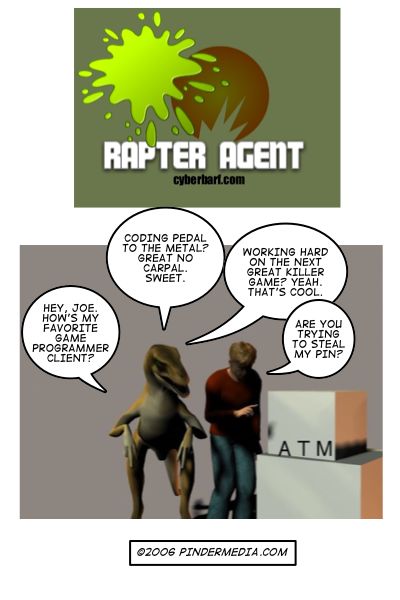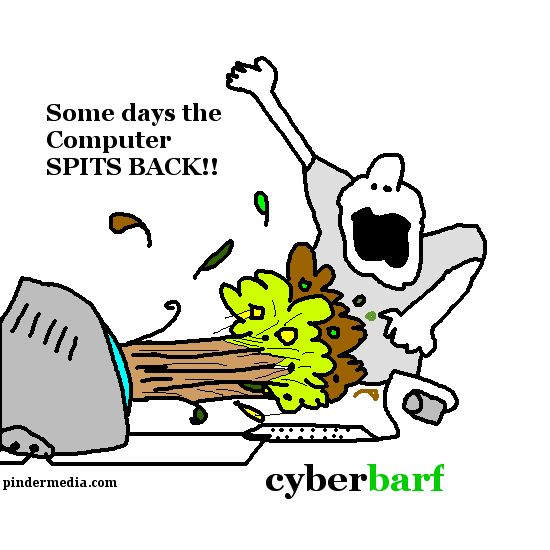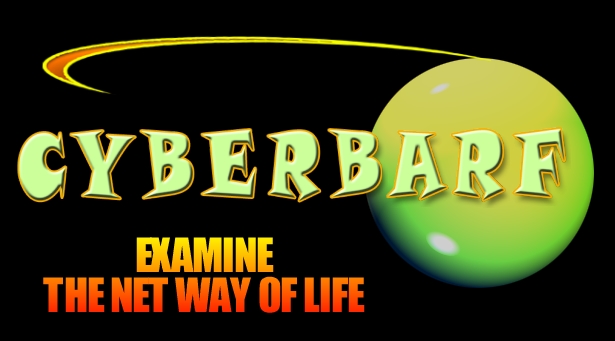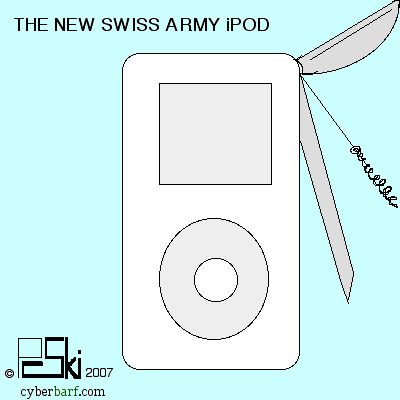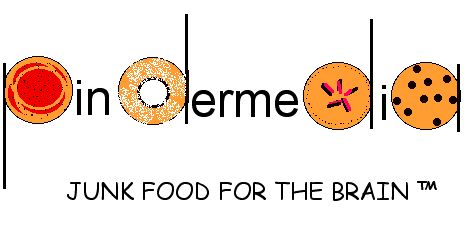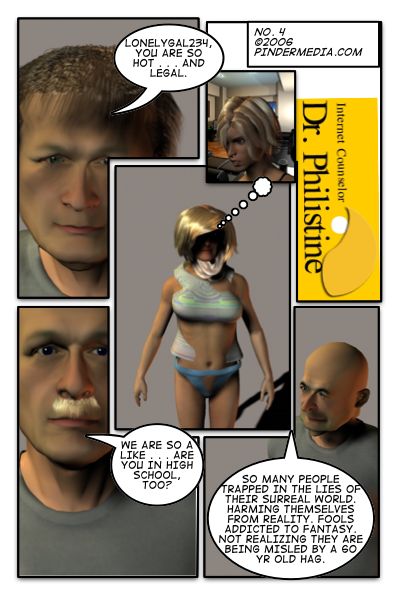The simple photograph has come a long way. It was first
the realm of highly trained chemists who through magic made images appear
on glass, and through the years has become so simple a small child can
capture images. Technology has created a divide on what is now the true
definition of a photograph.
We are all familiar with the humble snapshot. The photo
albums across America's living rooms are filled with Polaroids of birthday
parties, vacations and family holiday pictures. Preserving the past and
memories has been infused into the American culture when society embraced
the concept of putting technology into the hands of the average working
class person. Whether it was waiting for a roll of 35 mm film to come
back from the drug store or waiting for the instant picture to develop
before peeling back the paper layers, part of the charm of taking pictures
is the “reveal.” It is like opening a tightly wrapped present:
you don't know what you have until you open it. Whether the image was
good or bad (well lit, composed properly, defined space and subject matter
in a frame) really did not matter to the average consumer. Taking photographs
of the family was an activity, an archive of memories, to be passed on
to be shared by the next generation. Children of shutterbugs have grown
up with the idea of a camera recording family events. But in the beginning,
getting a family picture meant going to a studio to have a professional
capture that moment in time. The professional snapshot was the formal
portrait, the photographic equivalent to the master painter who attempted
to capture the image and soul of his subject on canvass.
For the amateur, the family snapshot's main pit fall
is the “red eye” of the subjects. So the kids looked like satan's
army, there was nothing one could do once the photograph was developed
and printed. With the newer digital cameras, smart cameras can attempt
to compensate for common errors like red eye. It even gives the photographer
a chance to see the image immediately to determine if he needs to reshoot
the subject, change the angle, or add/decrease the light source. The better
the tools, the greater the chance of creating an acceptable picture.
Even if the image is not perfect in the camera, most
people now have access to digital photography software. Photo printers
come with basic image control software to clear up red eye, adjust color
and contrast levels, and crop the scene. These basic techniques have been
transported to a computer instead of a dark room of burning and dodging
light to enhance the qualities of the image captured on the film. Most
people would not consider this type of photo manipulation as being unprofessional
or unethical. It is merely bringing forth the information stored within
the actual image. It is not actually altering the reality of the final
photograph.
But many professional photographers are finding their
craft being warped by digital image manipulation. A photograph to them
represents the actual subject matter frozen in time by the camera's lens.
It is viewed as a historical document of a time and of a place. When a
fashion photographer poses models, he or she is not interested in documenting
a specific person in time or space. The goal is to create the most interesting
photographic image (normally to sell magazines with covers or beauty products
in ads). The fashion industry uses common standard operating procedures
to enhance their images: whiten the eyes to make the models “healthier,”
blend skin tones to take away an individual's tone spots or blemishes,
and alter arms, legs or waists to make a more sexy waif appearance. These
techniques are part of commercial photography because that's what the
client demands in the end production.
The commercial enhancement has developed into “concept
photographs.” The old saying “a picture is worth a thousand
words" is an accurate accounting for an interesting photograph that
causes a person to react to the image. In the age of tabloids (before
television/cable/internet), bloody black and white crime scene photographs
on the front page sold urban newspapers. Historical representations of
a scene or event became the early mission of photographers. The nation
turned from one of an oral history to a written/documented history around
the Civil War. Some of the most haunting and most significant documents
of the time were the post battle pictures of Gettysburg and other major
campaigns. One could read accounts of the battle and its aftermath, but
viewing images of the dead, the injured, and the exhausted soldier in
camp brought new understanding that words could not convey. The photographs
of battles were not staged events; the photographer was their in a role
of a historian to capture the images that his own eyes saw so he could
share them with others. But today, some photographers go to great lengths
to stage elaborate photographs that attempt, through imagery and props,
to convey a story. Rolling Stone magazine is an example of this concept
photography with its glitzy cover mock-ups.
It could be argued that there is nothing wrong with concept
photographs on the cover of magazines. The commercial photographic image
is there to sell magazines not depict an actual event. It is entertainment
value and not event recordation. Purists worry about the concept of image
intregity. If a photography is what the lens saw, the digital manipulation
of that image is not truly a photograph anymore - - it is more an art
work. The true ethical concern is when a photograph is manipulated to
change the image in order to create a different reaction to the viewer.
An example of this was the manipulation of an O.J. Simpson photograph
during his murder trial, which added a rough beard which created a sinister
quality. When a news magazine publishes such an altered image without
telling its readers, the readership believes that it is an accurately
represents the subject. It is now easy to change images with the simple
clicks of mouse in Photoshop. When one combines images from different
photographs into one image, that image is no longer a photograph, conservative
professionals would say because the final image does not represent an
actual camera capture. For example, it took less than two minutes for
the author to take two unrelated photographs, combine them, and filter
the image into a graphic of a woman pointing a gun at the back of one's
head:
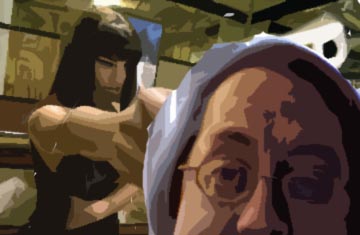
With some time, one could manipulate multiple images
to look like a single photograph, capturing a event that never happened
in real life. And that is the conservative professional's dispute with
the ease of digital photograph manipulation: one can create fictional
images but sell them as truth.
| The latest example of this is the new Derek Jeter
Topps baseball card. As a hoax or joke, an employee merged George
Bush and Mickey Mantle into the background of the Jeter card. It was
not supposed to be printed, but found its way past the proofers and
into the set boxes. If the image was printed to capture a moment in
Jeter's career, it was destroyed by the misinformation inserted into
it. Professional photographers would call the final product a doctored
picture to a fraud. With the ease of photographic manipulation, it
is easy to understand why some do not believe in electronic evidence
or secondary prints of subject matter. |
|
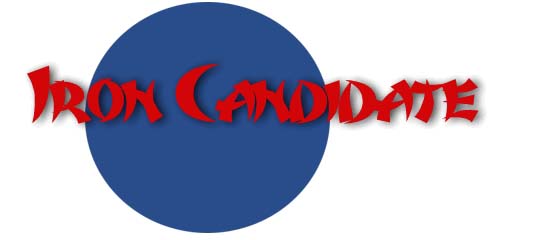
Inspired by the world being on the verge of the wide world
of professional video gamers,
there will be the same kind of professional sports weird
craziness, like prima donna players and strange pro agents.
And the with the term, Rapter, we defer to the Japanese
anime spelling just to be difficult/different.
A NEW REAL NEWS KOMIX:
RAPTER AGENT
